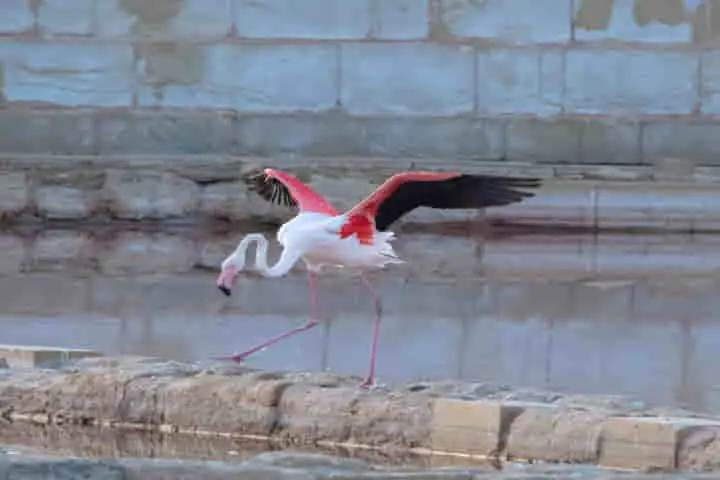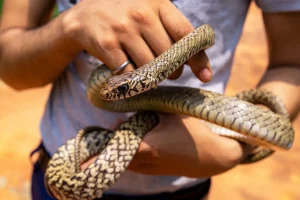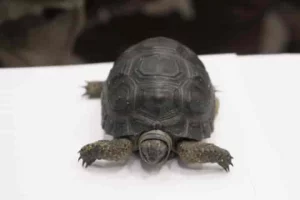It is known to the scientists that flamingos touch up their colour by coating their necks with a serum that is produced by glands located near their tails. According to an article in sciencenews.org, now a report in the October issue of Ecology and Evolution reveals that the greater flamingos or Phoenicopterus roseus don’t do this just to amplify the already existing colour but also protect it from the bleaching effect of the sun.
On analysis it was found that the feathers which had a thicker serum coating managed to hold on to the colour better.
Feathers have multiple roles as they assist in flying, keep the bodies warm and help in attracting mates. The red colour comes from carotenoids which the birds get from their food – algae and brine shrimp.
Also read: Like humans, dogs too suffer from hyperactive impulsive behaviour
Tidying their feathers, the birds behave like humans taking care of their hair – cleaning it and removing dirt and much like them they add colour. Flamingos rub their cheeks on the uropygial gland – located above the tail – as it generates serum that carries colour. Now the cheeks coated with serum are rubbed on the feathers and the necks swayed to ensure that the colour sticks. All that effort is made to allure mates.
As carotenoids are broken up by sun’s ultraviolet radiation, biologist at Universidad Nacional de La Plata in Argentina, Maria Cecilia Chiale was intrigued if the birds tend to lose the colour without constant reapplication of the serum. This could help in explaining the need for repeated touch up.
In order to study this, Chiale and her team gathered neck feathers of the birds in dozens and analysed their colour using Adobe Photoshop. One half of the feathers were exposed to sunlight by keeping them on the roof while the remaining were stored in darkness. After a passage of 40 days, on examination it was found that exposed feathers were faded and paler than those kept in the dark.
Also read: Leprosy, mankind’s age-old scourge affects chimpanzees too, reveals an international study
Chiale before this experiment had also taken out carotenoids from each feather — both the surface and interior. She found that exposed feathers with more concentration of carotenoids had managed to keep the colour intact. This pointed out to the birds applying more serum to these feathers making them withstand fading than those ones which had a thinner coating.
During the long period of mating season, the flamingos work hard in order to keep the feathers in fine fettle.
Henrique Delfino, an ecologist at Brazil’s Universidade Federal do Rio Grande do Sul observed: “Initially, the behaviour was for [waterproofing], but since it reinforces the colour signal of the feathers … it helps in the social communication of flamingos.” Delfino was not involved in the study.
Interestingly, this exercise of tidying the feathers doesn’t continue once the bird has got the mate and the chick has hatched. They then wait for the next mating season. Carotenoid concentration drops as does its application by the bird.
Talking about this, Chiale remarked: “They don’t need to have makeup on while they’re raising the kids.” Instead, energies are now devoted to taking care of the offspring.




















